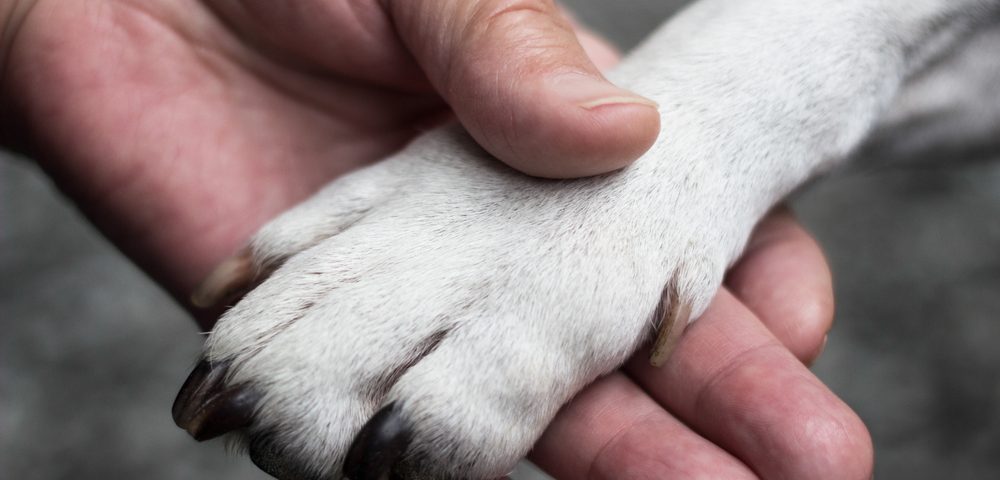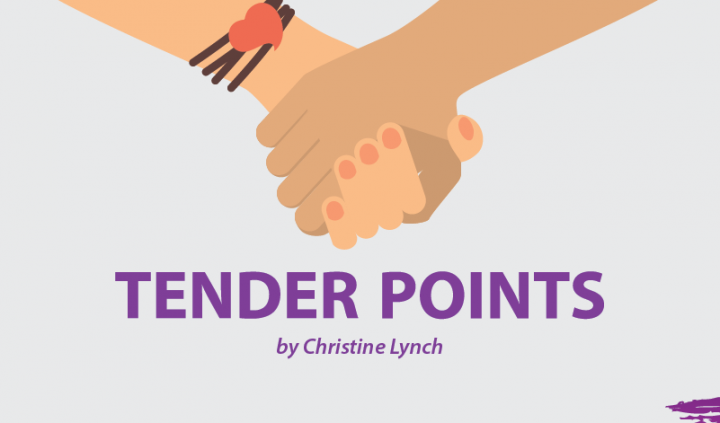This is the first of various columns that will chronicle my progress in preparing a Shih Tzu to become a certified therapy dog. Of course, I’ll emphasize how this therapy dog training and ownership affect my fibromyalgia. Hopefully, my experience will help you to decide whether this process makes sense for you to attempt as well.
I know this is a topic of interest to many readers. My last column about the experience of owning a therapy dog attracted more than four times the readership of any other column I’ve written. Follow-up questions suggested that many people are as interested in the therapy dog training process as the outcome. A well-trained dog is a blessing, but a well-trained dog you can bring with you wherever you go is an extraordinary gift — one that’s very much in demand.
This week, I’ve learned two valuable things. The first is that memory is selective. I’m convinced that we only remember what we want to remember. It was 15 years ago when we adopted our last dog, Charlie, who was destined to become a star therapy dog. That didn’t happen right away, of course. It was a process. That much I remember. But because the results were so spectacular, I forgot exactly how much time, effort, and patience it took to get him there. My memory has been refreshed during the past eight days!
The other valuable thing I’ve learned is that 15 years is a long time when it comes to body condition. I have much less energy now than I had with Charlie. If nothing else, this dog will get me up and moving. That can only lead to improved conditioning, a great thing for a sedentary fibromite like me.
Our new, year-old family member, Sam (formerly known as Marley — a name that just didn’t suit him), is truly a love. It’s hard to believe he’s only been with us a week. He’s already firmly attached to us, and he comes when called. Our greatest challenge has been a lack of background information. Because he was a stray, we know nothing about the entire first year of his life. We don’t know what to expect from him, and he doesn’t know what to expect from us. It’s a bit like having a blind date who can’t talk. The difference is that he’s here to stay.
Sam’s recent neutering has left him somewhat incontinent — a condition we’re hoping is only temporary. I’ve been following him around with a rag and a bottle of Nature’s Miracle since he arrived. We can’t scold him for it. He doesn’t even realize he’s leaking. However, cleaning up puddles is a bending and stretching exercise for me. When added to frequent outdoor walks with him and my physical therapy, the cleanup has left me little energy to do much else.
This is something to keep in mind when considering a young dog of your own. On a day when getting dressed might be the only thing you’d like to do, you may be required to do much more. Yes, those cuddles can be therapeutic, but it’s only one side of the equation. There’s work involved as well. Although dogs will be loyal no matter what you do, their needs don’t stop just because you’re hurting.
Even those outside walks are not what I remembered them to be. All 15 lbs. of this little dog are pure muscle. His determination is winning over my “heel” command. It takes all the strength I have to keep him next to me.
Unfortunately, he is not a food-oriented dog. Using doggie treats as a reward was the therapy dog training method we used for Charlie, but it doesn’t work for this little guy. It will take some trial and effort to see what does work. A loose leash (required to pass therapy dog certification testing) is a distant goal at this point. I don’t remember that being such a challenge 15 years ago. It may be that our former dog was less determined, or it may be that I’m not as strong as I was.
Right now, Sam is gently snoring at my feet. Again, I’ve forgotten the negatives like the puddles and the effort to walk him. Just looking at him and sharing his calm demeanor makes me happy. I know there are challenges ahead with therapy dog training, but I also know he’s worth the effort.
***
Note: Fibromyalgia News Today is strictly a news and information website about the disease. It does not provide medical advice, diagnosis, or treatment. This content is not intended to be a substitute for professional medical advice, diagnosis, or treatment. Always seek the advice of your physician or other qualified health provider with any questions you may have regarding a medical condition. Never disregard professional medical advice or delay in seeking it because of something you have read on this website. The opinions expressed in this column are not those of Fibromyalgia News Today, or its parent company, BioNews Services, and are intended to spark discussion about issues pertaining to fibromyalgia.



Hi Christine, I’m caring for a future seeing eye dog and…woah! It’s tough! He came to me at 12 weeks old and is now 9 months old…and 35kgs!
I thought training him would get me out and about more often as he needs to come with me EVERYWHERE! Shopping is nowhere near as fun with Ned (even though he has stopped pooing in Kmart – knock on wood!) and everyone stops to talk to you (sounds good, right? Not with fibro – it’s all an effort!) He still has his ‘bits’ (as he may become a breeder) and he’s just reached adolescence. I have found that often I think about how hard it’s going to be so I stay home.
BUT I love him and I’m doing something that will help someone else (I hope!) I don’t know if I’d do it again but I’m really glad I have this time.
Dogs actually helps you to recover.